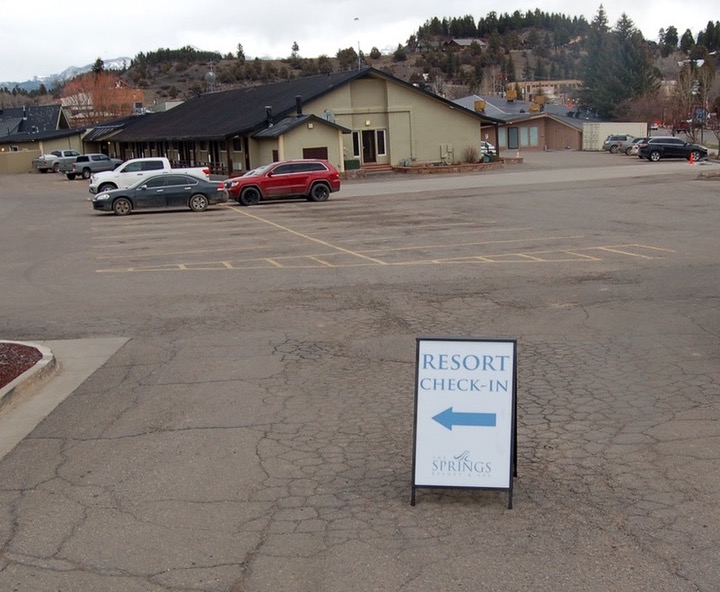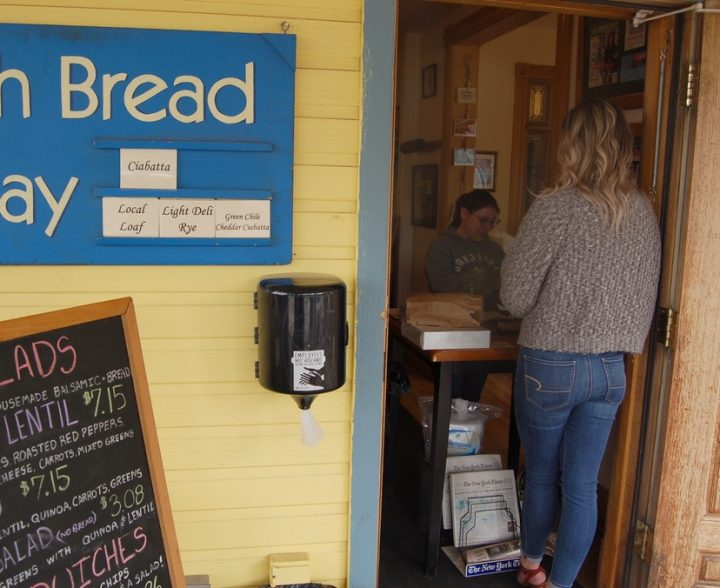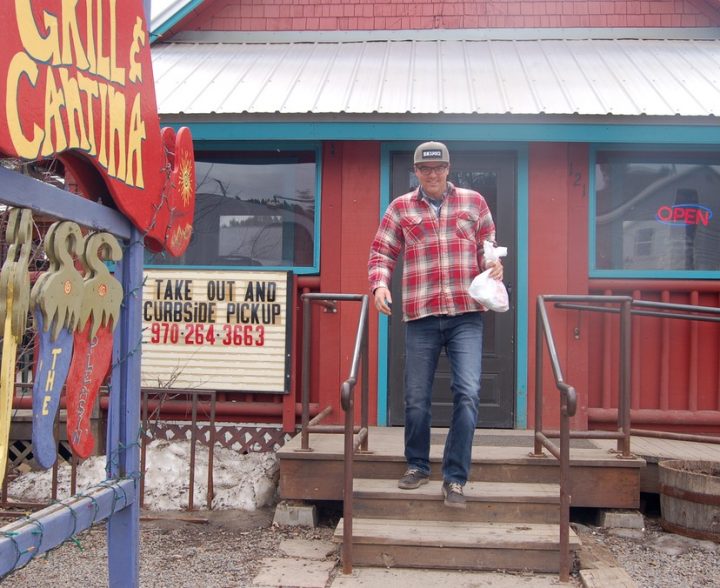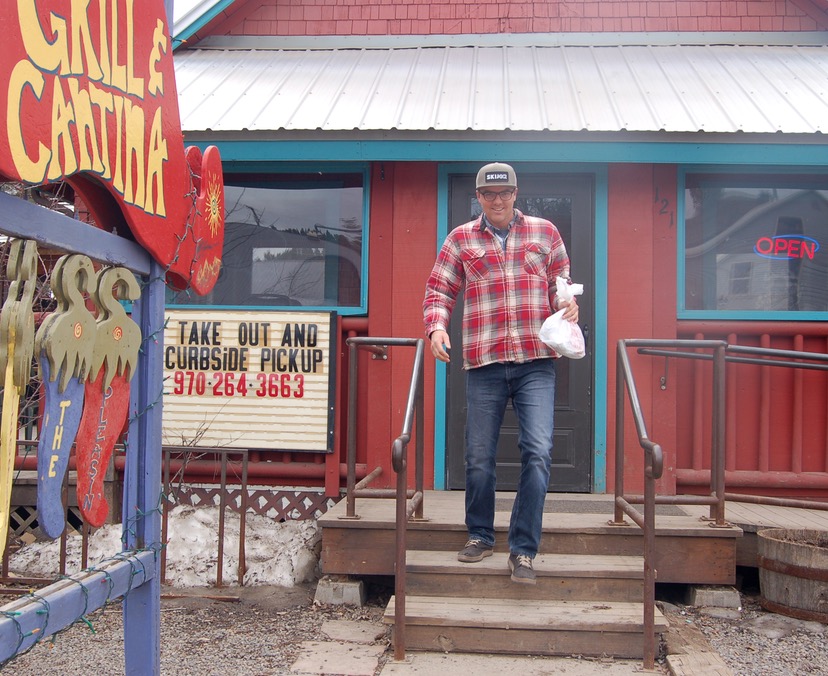“I wouldn’t blink an eye if we spent $500 billion or $1 trillion on fiscal stimulus, if it is directed at the people who need it most,” he said.
– Economist Eswar Prasad, quoted by columnist Jeff Sommer in an article titled “This Time Really is Different” in The New York Times, March 12, 2020
“…if it’s directed to the people who need it most.” Would that, perhaps, include some folks in Pagosa Springs?
We understand that, during these difficult economic times, American CEOs still need to make their mortgage payments on second homes (third homes? fourth homes?) in certain Colorado resort communities, and on their yachts docked in Key Largo, and I understand that many of those same CEOs have good friends in Washington DC.
But maybe this time really will be different? Maybe ordinary folks will be looked after? The ones who’ve been unable to find affordable housing since the end of the Great Recession? The ones who put off healthcare visits, to have money for food?
Maybe the small towns who put all their eggs in the Tourism Basket over the past 30 years — and are now wondering what impacts a global pandemic will have on their local economies — will get some help?
Jeff Sommer’s New York Times column, quoted at the top of this page, begins like this:
“This time is different.” People always say that as markets spiral, but time usually proves them wrong. Boom and bust, expansion and debt, exuberance and collapse — perspective shows that these are common patterns, as constant as human nature…
“We’ve seen it over the centuries,” said Kenneth Rogoff, a Harvard economist who actually wrote the book on this [topic] — he’s a co-author of “This Time Is Different: Eight Centuries of Financial Folly.” And yet Professor Rogoff told me this week that, in some ways, the crisis of 2020 might really be unique.
I snapped a few photos around town yesterday. Here’s the Springs Resort parking lot, which would normally be full during the second week of Spring Break… if our local family-friendly ski area atop Wolf Creek Pass weren’t closed by order of Governor Jared Polis.

A similar order by Governor Polis the following day closed all gyms, casinos, theaters, cigar bars, brewpubs and distillery pubs, and prohibited Colorado restaurants and coffeehouses from seating customers; restaurants and coffeehouses are currently allowed to serve carry-out orders only.
Most of the restaurants in our historic, tourist-friendly downtown had ‘open’ signs lit, and were serving occasional customers. But we’ve also been told, by some experts, not to go out in public unless absolutely necessary. How many of us will be daring enough (and loyal enough) to patronize our Pagosa eateries over the next few weeks?



We’re now headed into the April doldrums — often referred to as ‘Mud Season’ — when Pagosa’s overall economic activity is near its lowest point.
Over the past few years, the “low point” has become gradually “higher” as the community climbed slowly out of the Great Recession. (Our local governments don’t typically like to include 2008 through 2012 in their economic forecasting documents, because… well, why get everyone depressed?)

At this point, we might guess that 2020 is going to make 2014 look like a banner year.
We don’t know how many Pagosa employees have — at least temporarily — lost their jobs this week, or been put on “furlough”. We can assume some of them might face challenges paying their rent or their mortgage this month.
If they are renting and are unable to pay their rent… their landlords might also faces challenges, if they have a mortgage.
Local folks who were depending on income from vacation rentals might also face challenges in the coming weeks and months, considering a global tourist industry caught in a downward spiral.
Will those challenges last through the summer? We might assume so…
And government agencies that were depending on lodgers taxes and sales taxes from the hospitality sector — motels, vacation rentals, restaurants — probably ought to be making plans to revise their 2020 budgets.
Property taxes, however, are a slightly different animal. We can’t count on a reduction in property taxes for a couple of years.
In Part One, on Tuesday, I mentioned our computer-assisted board meeting at Pagosa Peak Open School, but I didn’t mention our board discussion about future revenues. Board member Mark Weiler made a presentation based on historical economic trends and suggested that Colorado school funding will increase next year. Some folks might wonder about that suggestion.
Public schools in Colorado are funded by basically two revenue streams. About one-third of the ‘Per Pupil Revenue’ comes from local property tax collections. When you pay your property taxes in Archuleta County, a little less than half the money goes to pay for K-12 education. (Other notable consumers of local property taxes include Archuleta County, Pagosa Fire Protection District, Pagosa Area Water and Sanitation District, and the Pagosa Springs Medical Center.)
About two-thirds of Colorado K-12 funding comes from state income tax collections. A much smaller amount comes from vehicle registration fees.
In other words, public education is funded by a complicated mix of revenue streams, all of which will be affected by our current economic turmoil — but not necessarily within the same time frames.
When the Great Recession began in 2008 and swept the Pagosa economy off its feet, we saw a drop in population for the first time since the late 1980s. Our local governments saw an immediate drop in sales tax collections and lodgers tax collections — but property tax collections actually increased between 2008 and 2010. This was due to two factors. For one thing, property tax valuations are based on “past” property sales, not “current” property sales. And for another, sellers didn’t immediately drop their asking prices when Colorado’s real estate bubble burst in 2008. Prices continued to remain inflated for a couple more years.
So it wasn’t until 2010 that Colorado’s K-12 schools saw a massive cut to their budgets, when “Per Pupil Revenue” was reduced by almost 10 percent. At that point, school districts and charter schools were scrambling to find ways to reduce spending. One of the most widely used tools was the “Early Retirement” option. Highly paid veteran teachers — the kind of teachers who either really know how to teach or are burned out after too many years in the classroom — were encouraged to take an early retirement, thus allowing the districts to hire lower-paid teachers fresh out of college.
In many school districts, as a result, we now have few veteran teachers who can retire early. If we were to see an economic scenario similar to 2010… well, it will be challenging… to say the very least.

